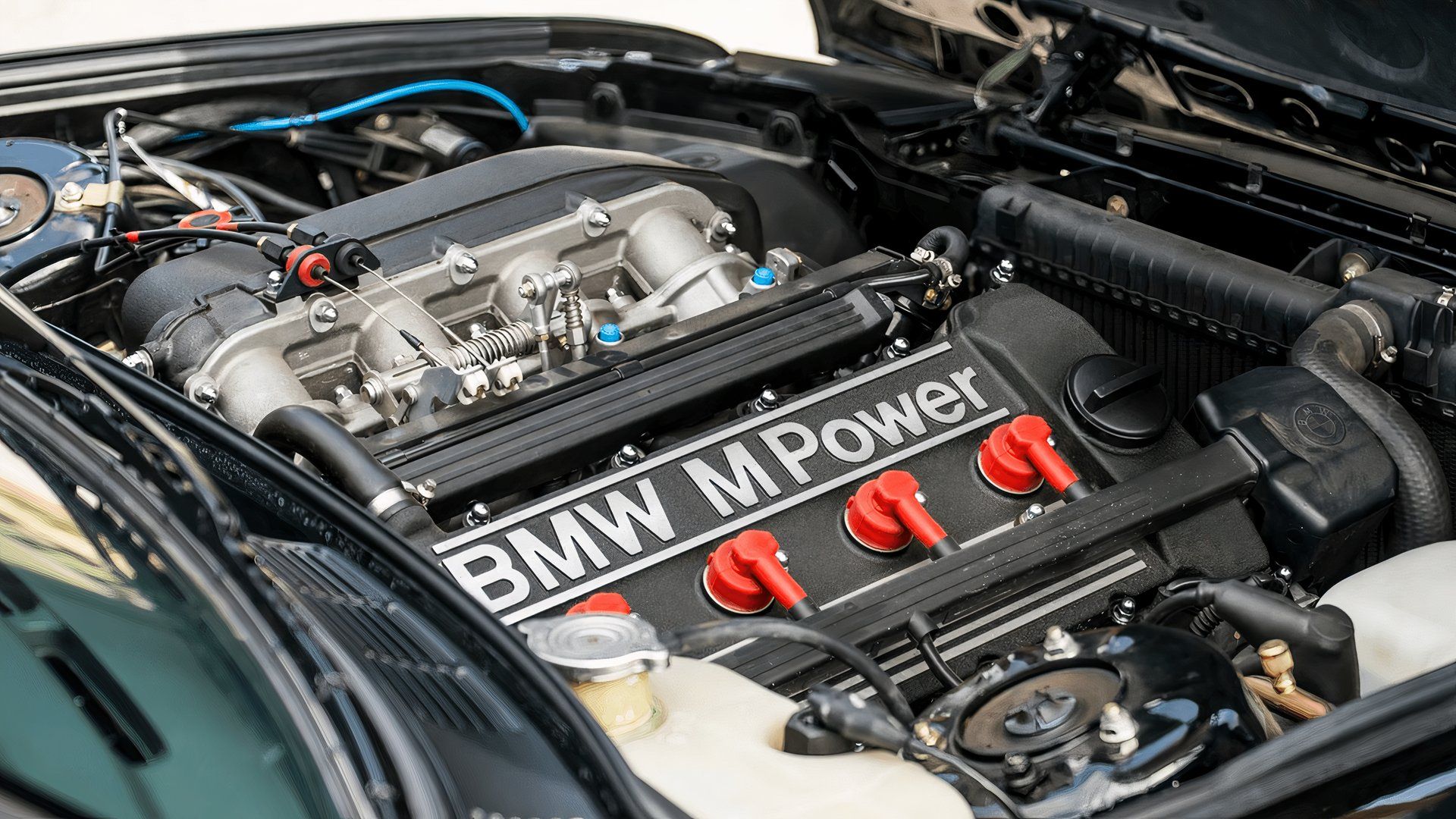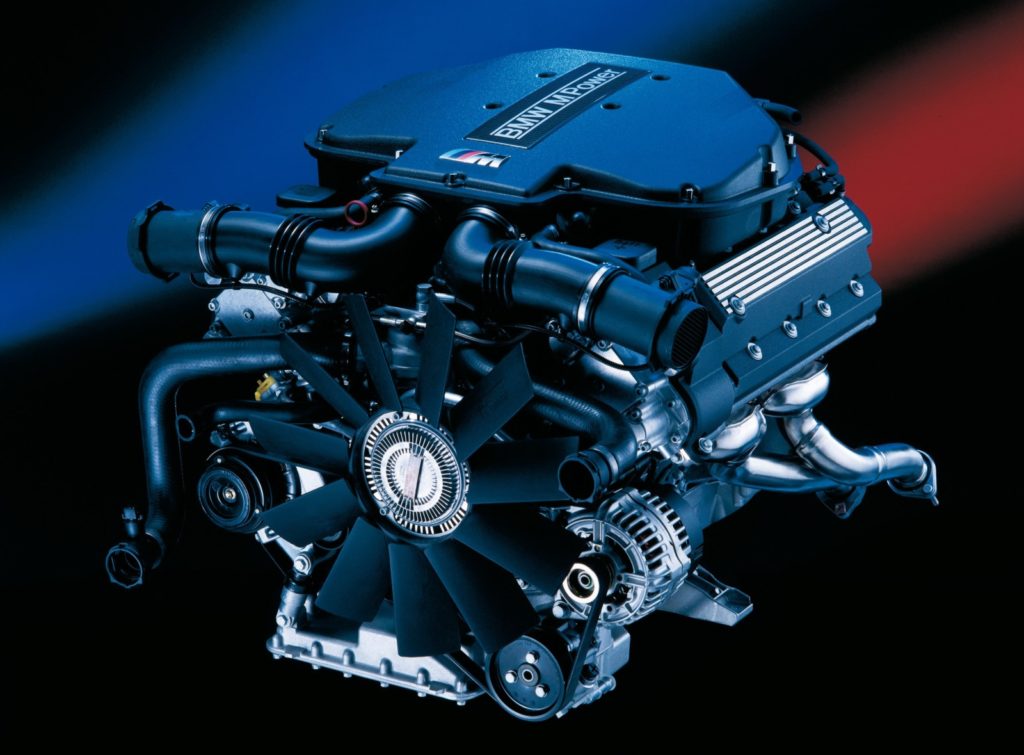Why the BMW Engine Is Thought About Among the most effective in High-end Vehicles
Why the BMW Engine Is Thought About Among the most effective in High-end Vehicles
Blog Article
Checking Out the Evolution of Burning Engines in Modern Transport Solutions
As we navigate the landscape of contemporary transport, the evolution of combustion engines stands as a testament to human resourcefulness and engineering expertise. From their simple beginnings to the sophisticated powerhouses driving lorries today, burning engines have gone through an exceptional trip of development and adaptation. Recognizing the intricacies of this development not just loses light on the past however likewise leads the method for imagining what lies in advance in the world of transport modern technology. The interaction of background, modern technology, and ecological worries fit the trajectory of combustion engines develops a narrative that is both engaging and informative.
Very Early Beginnings of Combustion Engines
Just how did the principle of combustion engines initial arise in the early stages of transport growth? The origins of burning engines can be traced back to the 17th century when the principles of inner burning were very first explored.
The advancement moment came with the creation of the first effective gasoline-powered engine by Karl Benz in 1885 - bmw engine. This engine led the way for the advancement of the modern car, reinventing transportation systems worldwide. Succeeding technologies by Nikolaus Otto and Gottlieb Daimler further refined combustion engine innovation, leading to the automation of vehicles and the rapid development of the transport market
These very early burning engines were characterized by their simpleness and efficiency, laying the structure for the complicated and powerful engines used in modern transport systems. The development of combustion engines has contributed in shaping the way we take a trip and deliver goods, marking a considerable landmark in the history of transport development.
Shift to Internal Burning Innovation
The transition to inner burning modern technology marked a crucial change in the evolution of transport systems. This shift started in the late 19th century, with innovators like Nikolaus Otto and Gottlieb Daimler creating the very first effective internal burning engines. These engines changed transport by providing a more effective and reliable option to heavy steam engines and electric motors.
One of the vital advantages of internal combustion engines was their capacity to be scaled down to suit lorries, leading to the development of automobiles and motorbikes. This change from large, stationary engines to small, mobile ones led the way for the modern-day transport systems we see today.
The shift to inner combustion modern technology additionally spurred improvements in fuel modern technology, causing the growth of gas and diesel as key fuel resources for automobiles. This shift not just made transportation much more available to the masses yet likewise laid the structure for the oil and gas sector to come to be essential to global economic situations.
Effect of Combustion Engines on Transport
The fostering of burning engines in transport systems militarized a profound shift in the efficiency and speed of worldwide movement. Burning engines transformed transport by offering a trusted and functional source of power for various lorries, including cars and trucks, ships, trucks, and aircrafts. This technology significantly enhanced the capacity for people and products to move over lengthy distances in shorter amount of time, resulting in enhanced connectivity between areas and nations.
Furthermore, the prevalent usage of burning engines has had a substantial effect on financial development. The capability to carry products efficiently has actually spurred profession and commerce, permitting organizations to increase their markets and get to consumers worldwide. This has assisted in financial development and globalization, as items can now be delivered much faster and in larger quantities than ever in the past.
Nevertheless, the ecological impact of combustion engines can not be overlooked. The combustion of fossil fuels has resulted in air pollution and greenhouse gas discharges, adding to environment modification and presenting health threats to populations. bmw engine. Because of this, there is a growing focus on creating different propulsion modern technologies to alleviate these adverse effects and produce a more lasting future for transportation
Innovations in Combustion Engine Layout
One notable advancement is the advancement of turbocharged engines, which make use of exhaust gases to drive a wind turbine that presses inbound air, permitting for more gas to be scorched, resulting in boosted power result without a considerable boost in engine size. Variable valve timing systems have likewise transformed engine layout by enhancing airflow at different browse around these guys engine rates, improving both power and effectiveness. These technologies jointly add to the continuous enhancement of combustion engines in modern-day transportation systems.
Future Fads in Combustion Engine Growth
With modern technology improvements driving continuous development, the future of combustion engine growth is poised to change transportation systems around the world. One of the vital fads in combustion engine development is the press towards greater effectiveness and lowered discharges.
An additional noticeable pattern is the adoption of hybrid modern technologies in combustion engines. Crossbreed engines integrate traditional burning modern technology with electric power, using enhanced fuel efficiency and reduced emissions. As the automotive industry changes in the direction of electrification, hybrid combustion engines are seen as a transitional remedy that connects the void in between standard lorries and fully electrical ones.
Additionally, the integration of wise innovations, such as fabricated intelligence and data analytics, is expected to play a considerable role in the future of combustion engine advancement. These technologies can enhance engine efficiency in real-time, bring about a lot more effective burning processes and boosted total automobile efficiency. Embracing these future trends will not just wikipedia reference drive innovation in burning engine growth yet also add to a much more lasting and eco-friendly transportation ecological community.

Verdict
In final thought, the evolution of combustion engines in contemporary transportation systems has actually been marked hop over to these guys by considerable developments in technology and layout. From the very early beginnings of combustion engines to the transition to inner burning innovation, these engines have actually had an extensive effect on transport.
The origins of burning engines can be mapped back to the 17th century when the principles of inner combustion were first explored. These engines revolutionized transportation by supplying an extra reliable and powerful choice to vapor engines and electric motors.

Report this page